The Key Roles of a Data-Informed Organization
/Most people would all agree that data is a key go-forward strategy for their organizations.
As we discussed in a recent article however, there are some significant challenges that come with executing on that strategy. How do we overcome those? You need to embed analytics and data science directly into your organization’s culture.
There are three interlocking roles, each with some level of responsibility for making analytics work. The fourth and most critical role, the “Champion” sits at the center of these roles, driving alignment between everyone and driving successful change managment.
Over the next couple weeks, we’ll break down these roles in much more detail, but here’s a high-level overview:
The Executive Team
The CEO, CFO, CMO, CHRO, an the rest of the C-suite. When push comes to shove they need to support data initiatives, support the financial investment in the, weave data into the strategies of the organization, and ultimately hold the organization accountable to data-informed decisions and actions.
The Business Team
The many core functional areas of your organization. From human resources to sales to product to finance, the business team is critical to driving successful analytics. They must be on board and empowered to use data. Without this team informed, engaged and comfortable with data, then your amazing analytics outputs will fall on deaf ears, and the potential business value will be lost.
The Data Team
The extremely adept technical team who will be moving, storing, touching, analyzing, manipulating, and communicating your data. There are many roles within this broad category, but could include people like BI Developers, ETL Developers, Business Analysts, Data Scientists, and Report Creators. The key to their success is to turn them into key business partners, rather than basic order takers.
The Data Champion
The highly driven person or team at the center of it all. They are the evangelists that shout from the rooftops the importance of data for your organization. They “translate” how data can help the business, communicate it to leadership, and ensure the data team executes on the efforts. Data Champions are natural disruptors, communicators and networkers who can establish a clear data-informed vision. They create excitement and energy around data, and know how to influence the other three groups on how to execute.
These stakeholders together provide the pillars of support for an organization’s data culture. If one or more pillar is out of alignment, then the whole data culture is weakened. One pillar is not more or less important than any other. They each play a role in driving the data maturity of the organization and in-turn, the value that can be captured by analytics.
So what about your organization? Can you identify the people who fall into each of these groups? Are each of them in alignment with each other? What is the missing link that is holding your organization back from leveraging data effectively?

